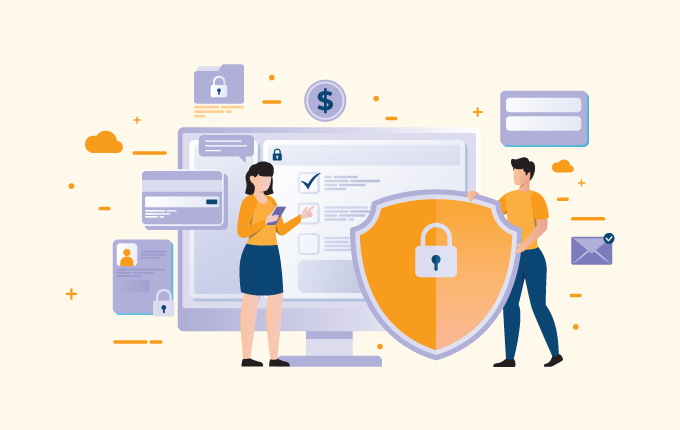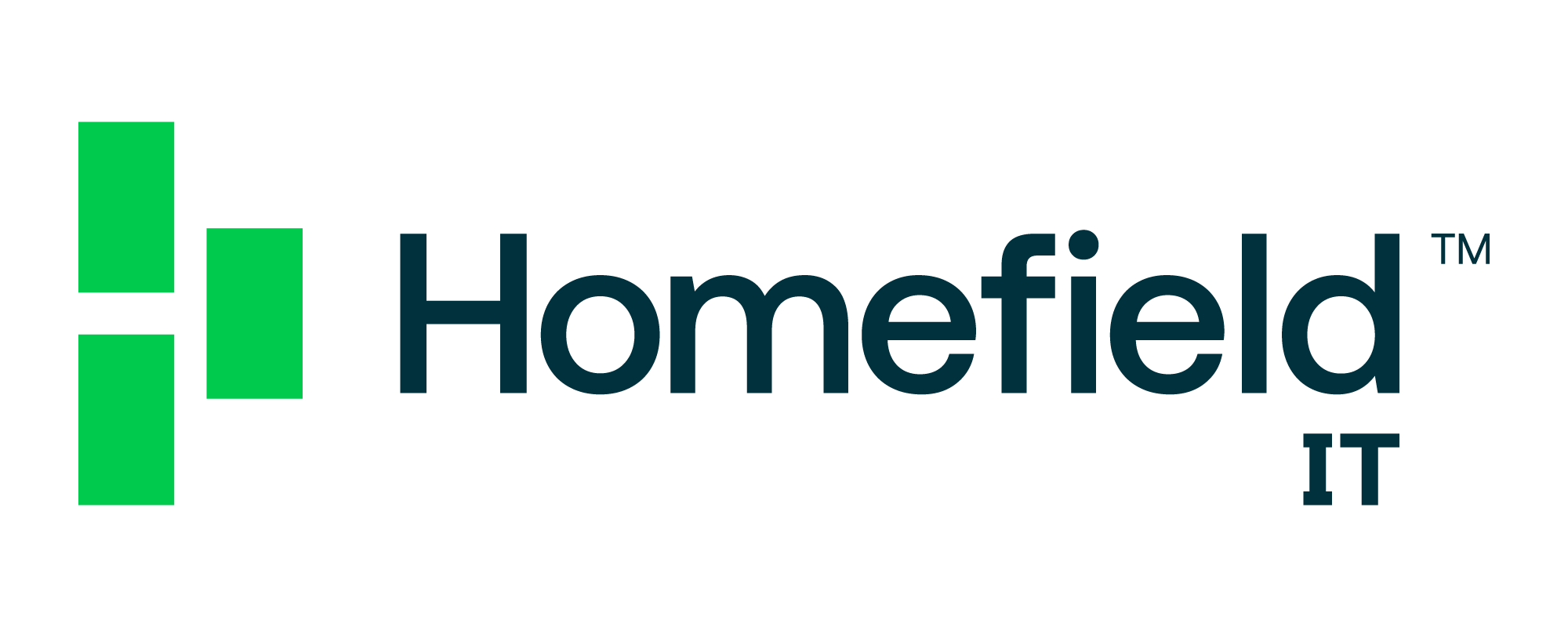Business IntelligenceCloud ServicesIT Consulting & StrategySecuritySoftware DevelopmentTech Support & Managed IT ServicesTelecommunicationsConstructionEducationFinanceHealthcareLegalNon-ProfitsReal EstateStartups
With the growing number of cyber threats, organizations need to be able to control and monitor user access to their resources and services to protect their data and systems, while also ensuring compliance with various regulations. This is one of the core principles of cybersecurity. You don’t want people who shouldn’t have access to get into your systems.

Where things get tricky is that if you’re not paying attention to who has access to your network and, worse, you’re not actively managing user access, you run the risk of cybercriminals stealing your data. According to Microsoft, 81% of data breaches are caused by a single compromised account. This is why identity and access management (IAM) needs to be a critical component of all your security efforts.
What is IAM?
Identity and access management are the policies and processes in your organization that help you securely manage digital identities. What this means is using user authentication methods and assigning privileges to users, so they can access the right resources and services, with the right level of permissions to do their jobs.
IAM gives you the ability to control and monitor user access to the organization’s resources. This helps to protect the security and integrity of the organization’s data and systems, as well as ensure compliance with various regulations. It also allows organizations to better manage user accounts, reduce user account downtime, and optimize their IT resources.
Roles and access management
Roles and access management are critical to IAM. They ensure that people have access to the parts of your network that they need to properly do their jobs and, most of the time, only those parts. To do this, you need to create roles and assign users to those roles. Each user is only able to access the resources and services they need to do their job. It also involves granting different levels of access to different users, so that the organization’s most sensitive data and systems are protected. This is usually referred to role-based access control (RBAC) and helps prevent any one user from being a point of weakness in your organization. Even at the top level, the CEO doesn’t need to have access to everything, just the pieces that are necessary for them to do their job.
How IAM is an important part of security
IAM basically creates a master list of everyone in your organization that grants permissions to access your network. It also dictates who has access to which parts of the network based on the needs of their job.
The biggest challenge, however, can be managing this list. Employees leaving the company, promotions, internal job changes – all of these need to be taken into account on a regular basis to make sure that only people who are currently employed by your organization can gain access and that everyone has the access they need to work. This is where something like a zero-trust approach helps because it forces you to verify everyone, all the time. If someone can’t get in, they’re either not an employee or something’s wrong (usually the former).
IAM becomes especially important with the current shift towards remote or hybrid working and the proliferation of cloud-based tools. With access points spread out around the world (potentially), businesses need to have strong IAM practices in place as there are more ways for cybercriminals to gain access.
This means that strong password management practices are important. We talked recently about the importance of having good passwords and it’s just as important as ever. As we pointed out above, all it takes is one compromised account.
On top of that is the importance of training staff. It’s not enough to send out a regular notice that says “Be safe and don’t click suspicious emails.” You need to be actively training employees on what the current threats are, how to spot them, and what to do if they accidentally click the wrong thing. This includes training exercises like “phishing emails” that aren’t real but resemble what employees would see if they were sent a real phishing email.
How Single-sign On (SSO) and Multi-factor Authentication (MFA) help with access control
Since password management can be a challenging component of access management, practices like SSO and MFA remove the risk of poor employee passwords.
Both SSO and MFA are approaches to access management that require users to further verify their identities beyond passwords. With SSO, users must use a software platform that asks users to confirm their identity using an app for authentication. Typically what happens is users sign in, get a notification on the app, and confirm their identity that way. With MFA, users first login and then get something like an access code over email or text. Both of these approaches need users to prove who they are using methods only available to them, like phone numbers. This creates a much more secure approach that helps people who don’t use strong passwords, for example.
Curious about how IAM can help your business?
IAM is a complex, but highly critical component to keeping your business safe. It requires monitoring all login attempts, verifying users, and making sure that people have the access they need to work. It also requires making sure that everything is up-to-date, meaning that no former employees still have access (for example).
Since IAM isn’t something you can do half-heartedly, having a dedicated team goes a long way and, if you can’t do that, a managed services provider can help. If you’d like to learn more about how Homefield IT can help with your IAM needs, let’s talk.
 December 21, 2022
December 21, 2022 Manhattan Tech Support
Manhattan Tech Support




